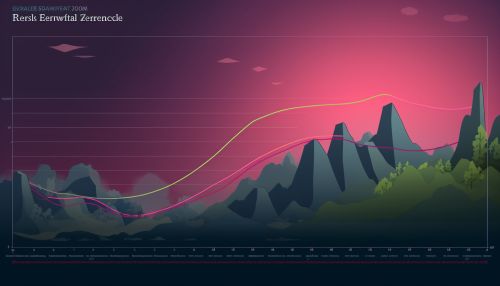Environmental Statistics
Introduction
Environmental statistics is a branch of statistics that focuses on the collection, analysis, interpretation, presentation, and use of data to understand the complex and dynamic relationships within our natural environment. This field is integral to the study of environmental science, ecology, climate change, and sustainability. It provides the tools and techniques to quantify environmental processes, assess environmental policies, and predict future environmental trends.


History of Environmental Statistics
The history of environmental statistics is closely tied to the development of modern environmentalism in the mid-20th century. As concerns about pollution, deforestation, and other environmental issues grew, so did the need for statistical methods to measure and understand these problems. The first environmental statistics were often simple counts or measurements, such as the number of species in a given area or the concentration of pollutants in the air or water. Over time, these methods have evolved into sophisticated statistical models that can account for complex interactions and uncertainties.


Environmental Data
Environmental data is the raw material of environmental statistics. It can come from a wide variety of sources, including field surveys, remote sensing, laboratory experiments, and historical records. This data can be either qualitative (descriptive) or quantitative (numerical), and it can be collected at various scales, from local to global. The quality and reliability of environmental data is crucial, as it directly impacts the accuracy of statistical analyses and the validity of conclusions drawn from them.


Statistical Methods in Environmental Science
Environmental statistics employs a wide range of statistical methods, from basic descriptive statistics to advanced inferential statistics. These methods include regression analysis, time series analysis, spatial analysis, multivariate analysis, and Bayesian statistics. These techniques allow scientists to identify patterns, make predictions, test hypotheses, and quantify uncertainty in environmental data.


Applications of Environmental Statistics
Environmental statistics has numerous applications in environmental science, policy, and management. It is used to monitor environmental quality, assess the impact of human activities on the environment, evaluate the effectiveness of environmental policies, and predict future environmental conditions. Some specific applications include assessing water quality, monitoring air pollution, studying biodiversity, predicting climate change, and evaluating the environmental impact of industrial activities.


Challenges and Future Directions
Despite its many successes, environmental statistics also faces several challenges. These include dealing with incomplete or biased data, managing large and complex datasets, accounting for spatial and temporal variability, and communicating statistical results to non-experts. Future directions in environmental statistics may include the development of new statistical methods to address these challenges, the integration of statistics with other disciplines such as computer science and ecology, and the increased use of statistics in environmental decision-making.


